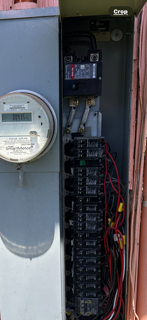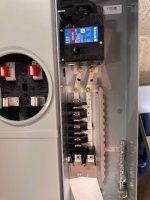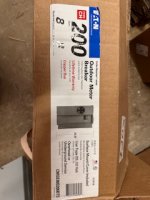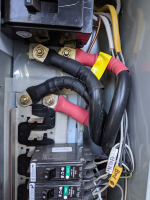ggunn
PE (Electrical), NABCEP certified
- Location
- Austin, TX, USA
- Occupation
- Consulting Electrical Engineer - Photovoltaic Systems
It's not just a technicality; the panels I have seen labeled that way have the ground and neutral bars bonded and no simple way to separate them.If the panel is label “for service entrance only”, I could see that texhnically being a violation...






